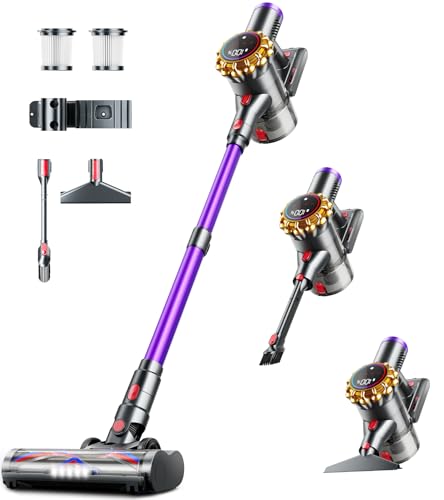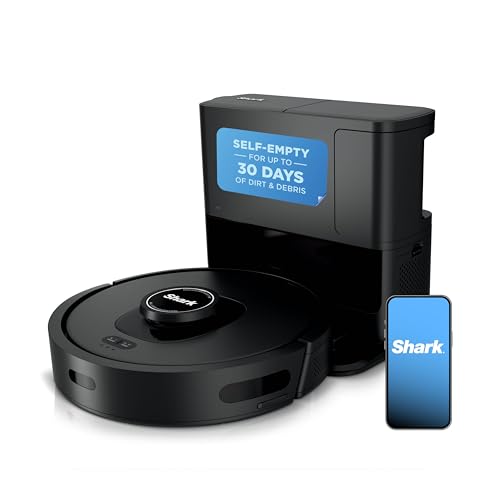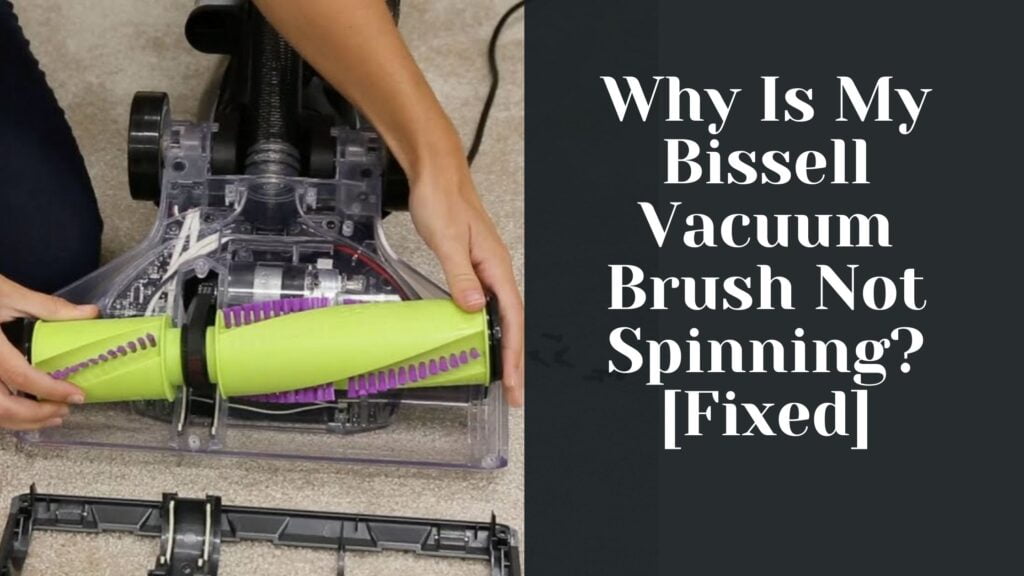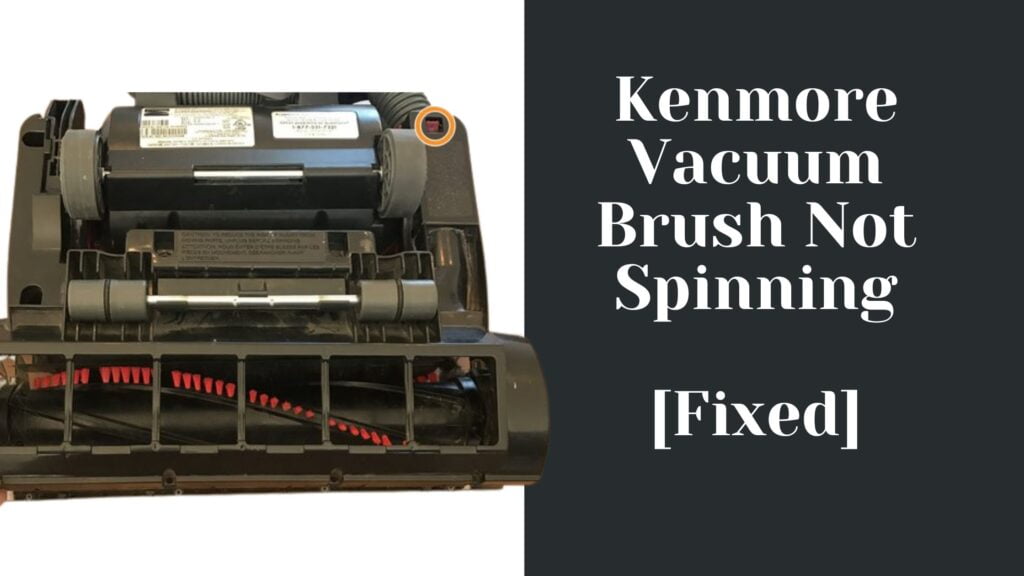Owning a Roomba can make daily cleaning tasks significantly easier.
These smart devices are programmed to learn your home’s layout and clean it thoroughly.
However, sometimes they might experience issues like the Roomba obstacle detection feature not working correctly.
In this blog post, we will delve into why this happens and provide a comprehensive guide on resolving these issues 🙂
Why Is My Roomba’s Obstacle Review Not Working?
Roomba’s obstacle review feature is vital to its efficient navigation and operation. When this feature encounters an issue, the Roomba might start bumping into objects or might slow down unnecessarily, even in the absence of obstacles. These problems could arise due to dirty sensors, malfunctioning software, or improper obstacle detection.
1. Dirty or Obstructed Sensors
The most common reason why a Roomba might not be avoiding obstacles is due to dirty or obstructed sensors.
Over time, dust and debris can accumulate on the sensors, causing them to malfunction.
How to Fix
- Turn off your Roomba and remove it from the charging station.
- Check the sensors (located around the Roomba’s edge and bottom) for dust or debris.
- Clean the sensors gently using a dry, clean cloth.
- Once cleaned, test your Roomba in an open area to see if it can now avoid obstacles.
2. Damaged Sensors
If your Roomba’s sensors are damaged, this could also result in the robot not detecting obstacles.
How to Fix
- Inspect the sensors for any visible damage. If damaged, you may need to replace the sensors.
- You can purchase sensor replacements from iRobot or a trusted appliance parts store. Follow the user manual’s instructions for replacing the sensors.
- After replacing the sensors, test the Roomba to see if the problem is resolved.
3. Software Glitch
Sometimes, a Roomba might encounter a software glitch, leading to the obstacle detection feature not working.
How to Fix
- Try resetting the Roomba. Hold down the spot and dock buttons for 10 seconds until you hear a beep.
- After resetting, place the Roomba back on the charging station and allow it to charge completely.
- Once charged, test the Roomba to see if it can now avoid obstacles.
4. Type of Obstacle Not Included in Algorithm
Roombas are programmed to detect a wide variety of obstacles such as cables, shoes, socks, and fabrics.
If your Roomba is failing to identify a particular type of obstacle, it might be because it’s not included in the Roomba’s detection algorithm.
5. Observe Pet Waste Interactions
If your Roomba seems to be treating pet waste as an obstacle instead of cleaning it, it may not necessarily be a problem.
The Roomba J7+ comes with a feature called Pet Owner Official Promise (P.O.O.P.) which is intentionally designed to avoid pet waste.
If your model is functioning this way, it means the obstacle review feature is working as intended.
6. Look for Mapping Issues
Some Roomba models are equipped with mapping features that help the device to understand the layout of your home for efficient cleaning.
However, if these maps are flawed, the Roomba might start avoiding obstacles incorrectly.
How to Fix
- Launch the iRobot HOME app on your device.
- Click on the image of your robot.
- Go to ‘Settings’, then ‘Map’, and select ‘Update My Map’.
Should the problem persist even after recalibration, reach out to iRobot’s customer support for further guidance.
Deep Cleaning Your Roomba’s Light Touch Bumper Sensors
Regular cleaning of the bumper sensors on your Roomba is not only a crucial part of its maintenance but also enhances its efficiency.
Here is a detailed guide on cleaning:
1. Using Canned or Compressed Air
The light touch bumper sensors can also be cleaned effectively using canned or compressed air.
2. Manual Cleaning via Front Bumper Removal
If the canned air fails to clean the sensors sufficiently, you may need to physically detach the front bumper for a more thorough cleaning.
This process involves unmounting the top IR sensor from the bumper and prying out the three sensors.
However, be warned, incorrect disassembly may void your warranty.
Alternate Methods for Cleaning Roomba Sensors
If canned air doesn’t work or is unsuitable for you, there are alternative methods:
1. Use a Clean, Dry Cloth for Wiping
You can gently wipe the sensors using a clean, dry cloth, eliminating the need for canned air.
Avoid using damp cloth as it can cause damage to the sensors.
2. Damp Melamine Foam Application
iRobot recommends cleaning the charging contacts and cliff sensors of your Roomba using a damp melamine foam, commonly known as a magic eraser.
Ensure the foam is damp and not overly wet to avoid water damage.
What if the Above Steps Don’t Resolve the Issue?
If you’ve tried all the above steps and the Roomba is still not avoiding obstacles, there might be a deeper issue that requires professional assistance.
- Check Your Roomba’s Warranty: First, check if your Roomba is still under warranty. The standard warranty for a Roomba is one year, but it might vary depending on the model and where you purchased it. If it’s still under warranty, you can get it repaired or replaced by iRobot at no additional cost.
- Contact iRobot Customer Support: If your Roomba is no longer under warranty, or if you’re unsure, contact iRobot’s customer support. They can provide further troubleshooting assistance and might be able to identify a solution.
- Consider Professional Repair: If customer support is unable to resolve the issue, consider seeking help from a professional appliance repair service. They might be able to diagnose and fix the problem.
Remember, never attempt any repairs that you’re uncomfortable with or that could potentially void your Roomba’s warranty.
Always consult the user manual or iRobot’s customer support before undertaking any significant troubleshooting steps.
Conclusion
Although your Roomba might occasionally encounter obstacle detection issues, these are often easily resolved with simple troubleshooting steps.
It’s important to remember that your Roomba is a sophisticated piece of technology, so regular cleaning and maintenance of your device will ensure it remains in optimal condition.
If you’re unable to resolve the issue on your own, don’t hesitate to seek professional help from iRobot or a trusted appliance repair service.



















